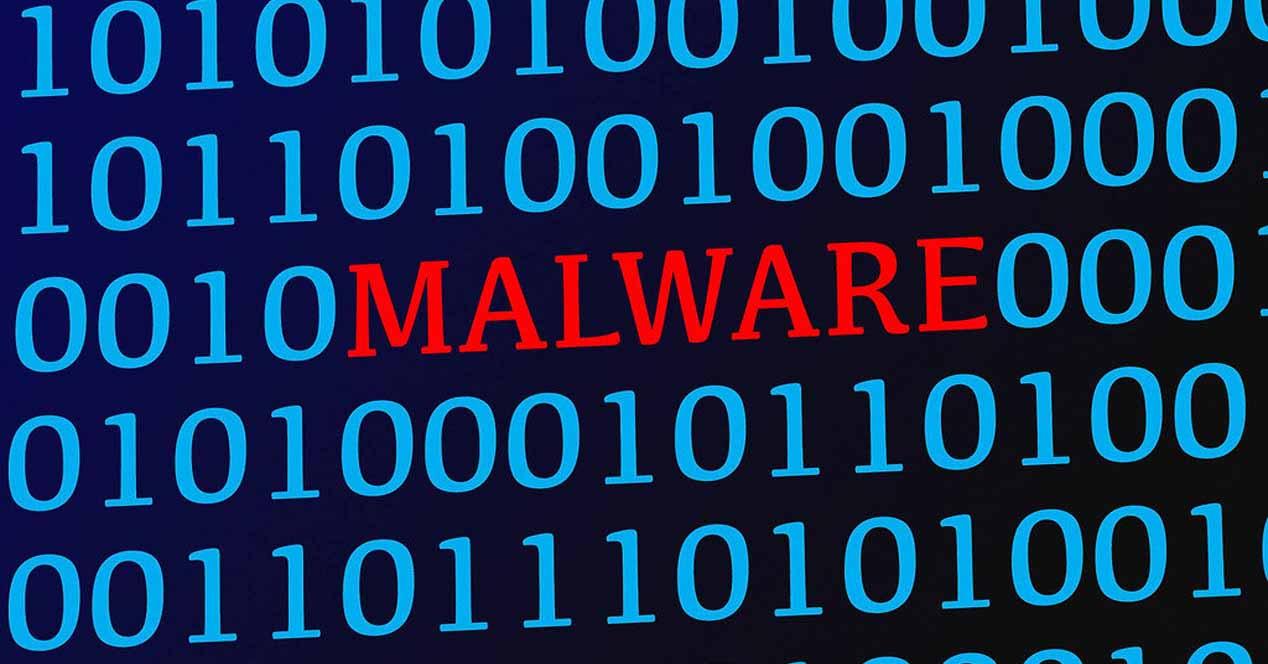
You’ve probably encountered an error code in Windows. It could be when installing an update, connecting a new device, installing drivers… That error code allows you to find a solution on the Internet. The problem comes when that supposed solution turns into a threat. We’re going to tell you how fake pages are being used precisely for this, to trick users who receive an error in Windows.
These are fake tech support sites. What they do is promote supposed fixes via PowerShell scripts. They are used to fix common bugs, which are likely to affect many users at some point and they search for what to do. The real goal is to infect devices.
Fake help for Windows errors
But what exactly are they doing? What they do is create fake videos to give a supposed solution to an error. They use those common error codes, which can affect millions of users around the world at some point. In fact, there have been cases, such as error 0x80070643 – ERROR_INSTALL_FAILURE, that have appeared after a Windows update.
Users, upon encountering a failure of this type, will look for what to do. That’s when they come across these fake videos that provide a supposed solution to the problem. However, what they do is promote malicious PowerShell scripts. The victim is redirected to these fake sites and their computer is infected. They can use platforms like YouTube.
What the victim needs to do is copy and run a PowerShell script or import the contents of a Windows registry file. When this script is executed, malware begins to download to the device. Through the videos, you can guide how to copy a process to the clipboard and run it in PowerShell.
Once the script is executed, it displays a message stating that the problem has been fixed and that the system needs to be rebooted. This, in effect, launches the malware. From there, it will start stealing information, stored credentials, credit card data, cookies or browser history. All of this is automatically sent to a server controlled by the attackers.

Do not fall in the trap
To avoid this problem, the solution is very simple: don’t fall into the trap. If you have an error of this type in Windows, be wary of supposed videos telling you what to do. If you need to find a solution, always go to official sources, compare the information with other websites and do not execute code in PowerShell, as we have explained.
It is also a good idea to keep everything up to date. Sometimes attackers will exploit a bug that affects the operating system or a program you have installed. Having the latest patches will help correct problems and prevent an intruder from stealing personal data or taking control.
On the other hand, having a good security program will be useful. An antivirus can help detect threats and remove malware before it can affect you. Always make sure to install a reliable application that is recognized and does not cause a problem instead of a solution. Avoiding problems when Windows does not access the Internet, for example, can be achieved with good security.
In short, beware of false solutions to fix errors that appear in Windows. Always go to official sources and make sure your computer is well updated and protected, so as not to have problems.














